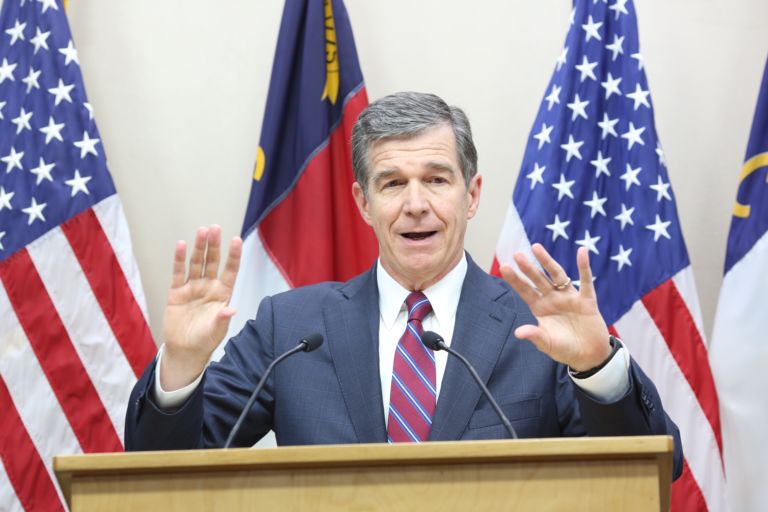Lewis Andrews asks in a Federalist column: What will it take for blue states to embrace school choice?
Last week, the president of the Chicago Teachers Union revealed she is sending her child to a private school despite previously opposing school choice efforts.
All nine states that have passed universal school choice are Republican leaning, which is to say that their local teacher unions lacked sufficient influence to keep the reform from being enacted. So the question naturally arises, what will it take, beyond the familiar academic arguments, for so-called “purple” and “blue” states to finally adopt something like school choice?
According to the most recent polling from RealClear Opinion Research, school choice enjoys overwhelming public support, with 71 percent of respondents favoring it and only 13 percent opposing it. The findings cut across party lines, with 66 percent of Democrats, 80 percent of Republicans, and 69 percent of independents saying they would like this kind of policy in their own communities.
In search of the answer, One Chance Illinois, the Children’s Scholarship Fund, the California Policy Center, and other school reform groups (including my own) sponsored a series of meetings at the recent State Policy Network annual meeting in Chicago. The idea was to bring together education leaders from around the U.S. to identify those aspects of school choice that might motivate a historically left-leaning state to embrace what, rightly or wrongly, has come to be viewed as a conservative program.
One possible tipping point, many speakers agreed, is the growing recognition of how school choice can help revive many of America’s older industrial cities — places like Syracuse, New York; Rockford, Illinois; and Waterbury, Connecticut. Citing research by North Carolina State University Professor Bartley Danielsen, they argued that the biggest thing preventing many entrepreneurs and young professionals from repopulating such areas is a natural reluctance to put their children in local public schools.


